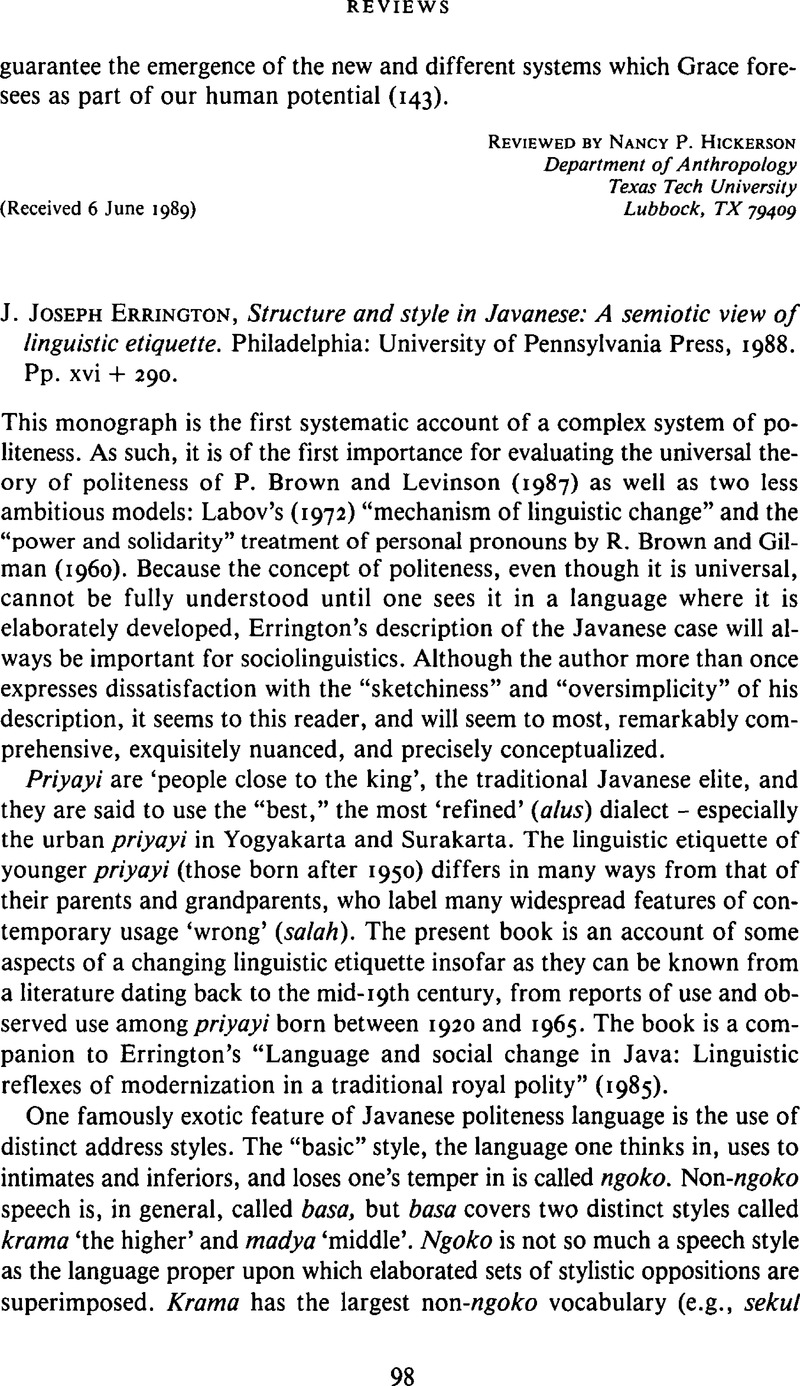Crossref Citations
This article has been cited by the following publications. This list is generated based on data provided by Crossref.
Furiassi, Cristiano
2018.
Macaroni English goes pragmatic: False phraseological Anglicisms in Italian as illocutionary acts.
Journal of Pragmatics,
Vol. 133,
Issue. ,
p.
109.





